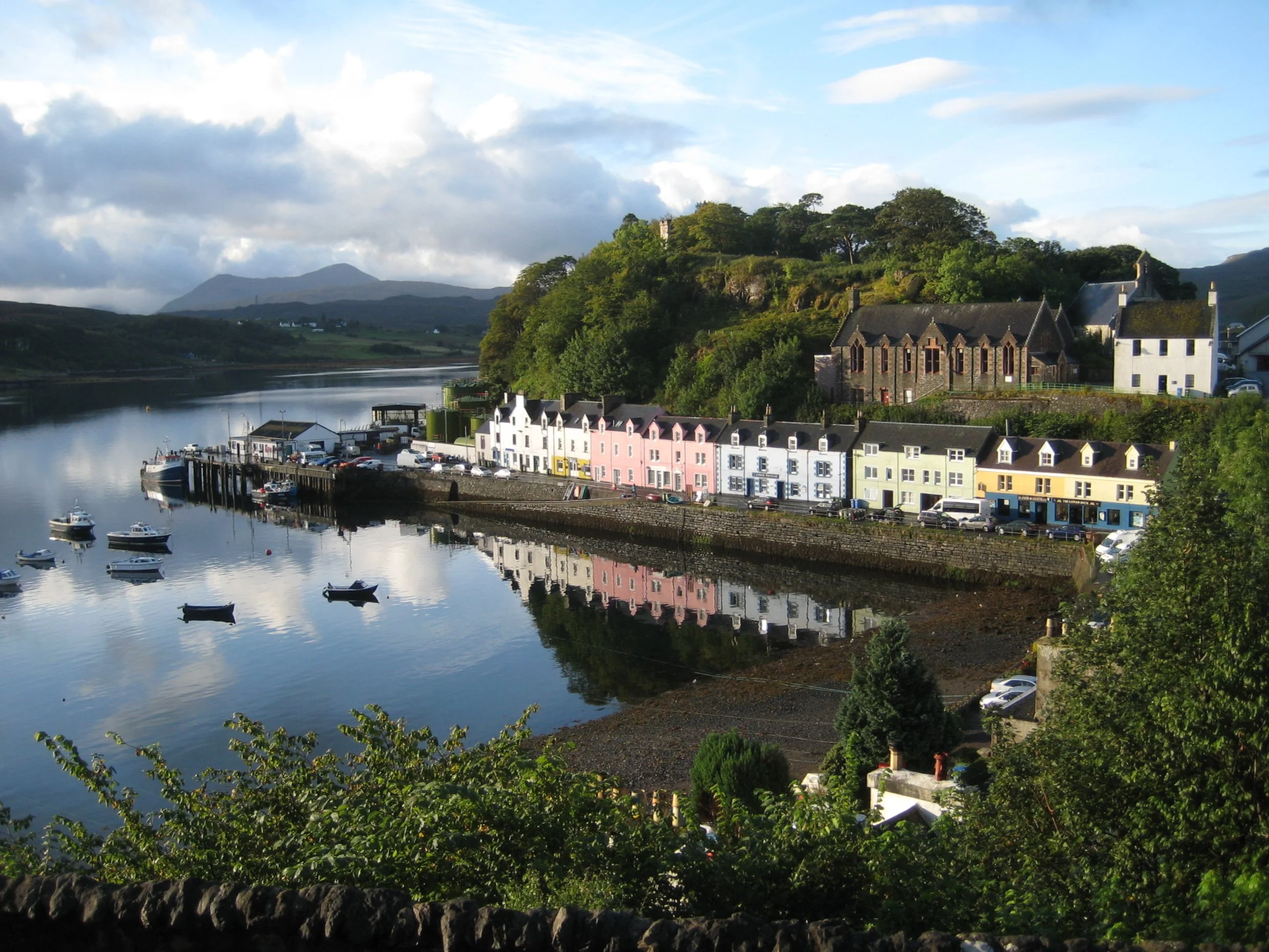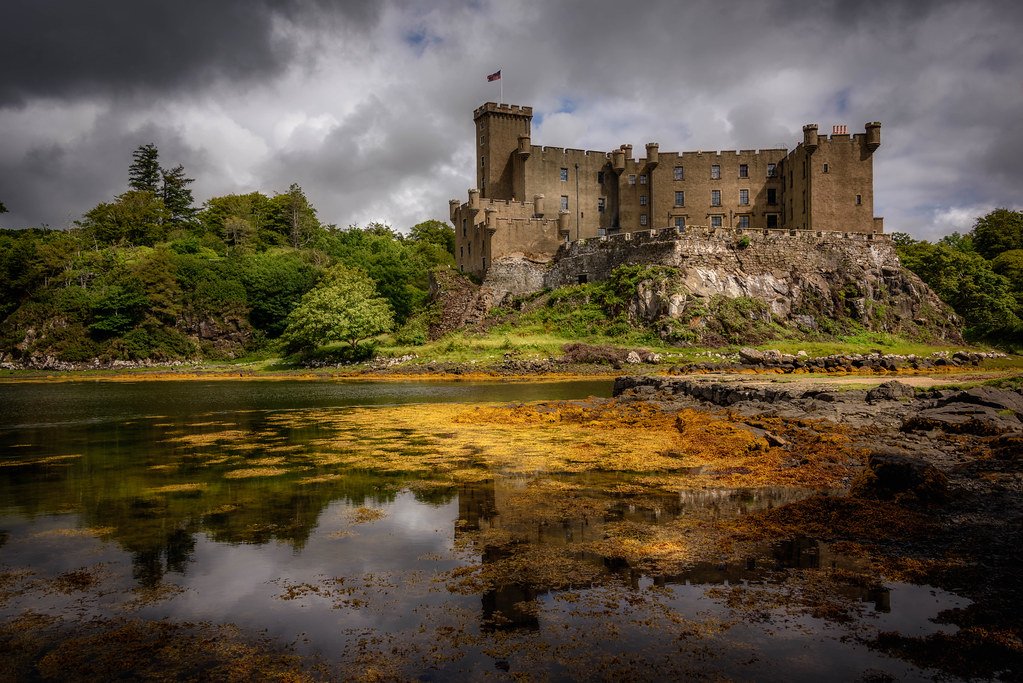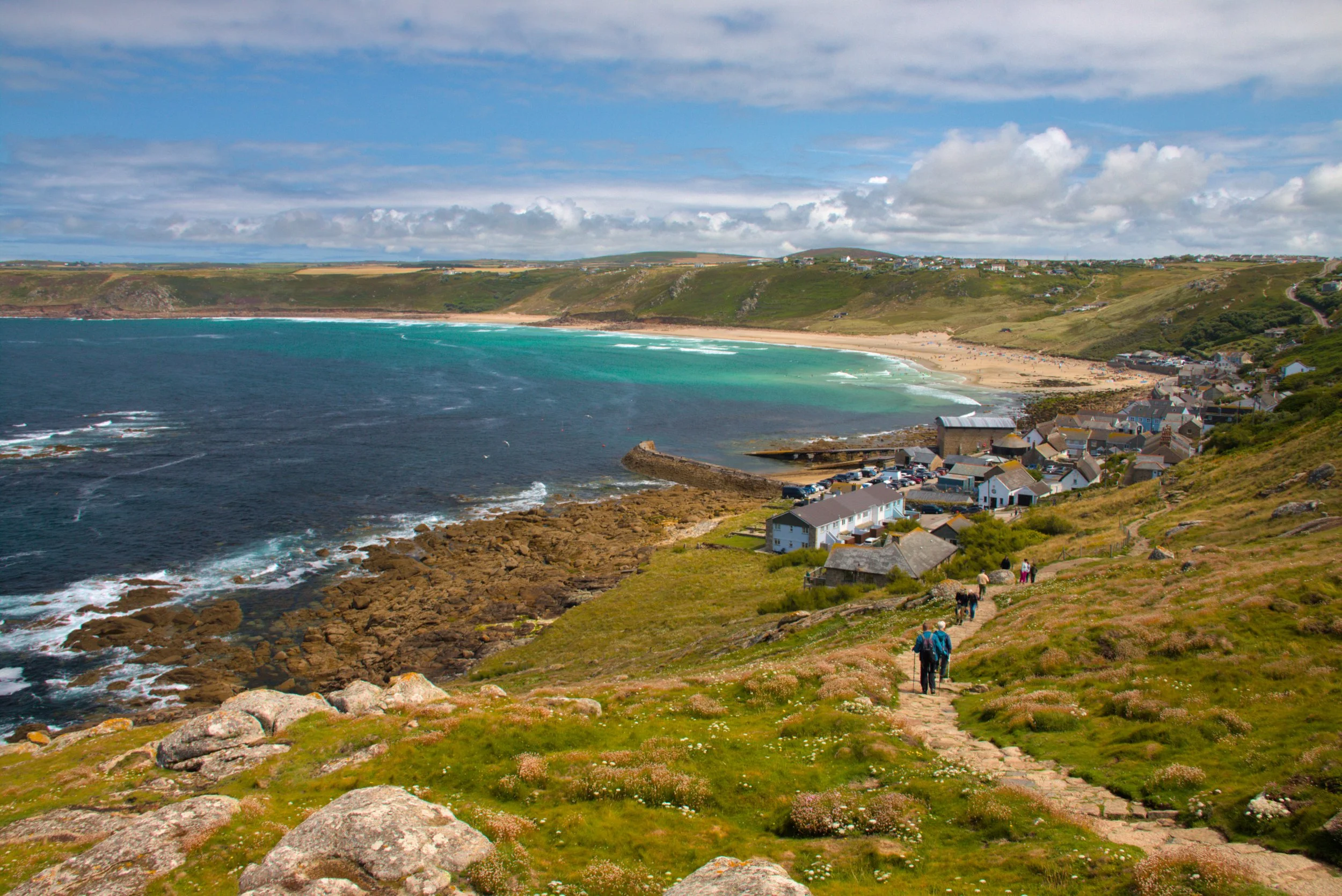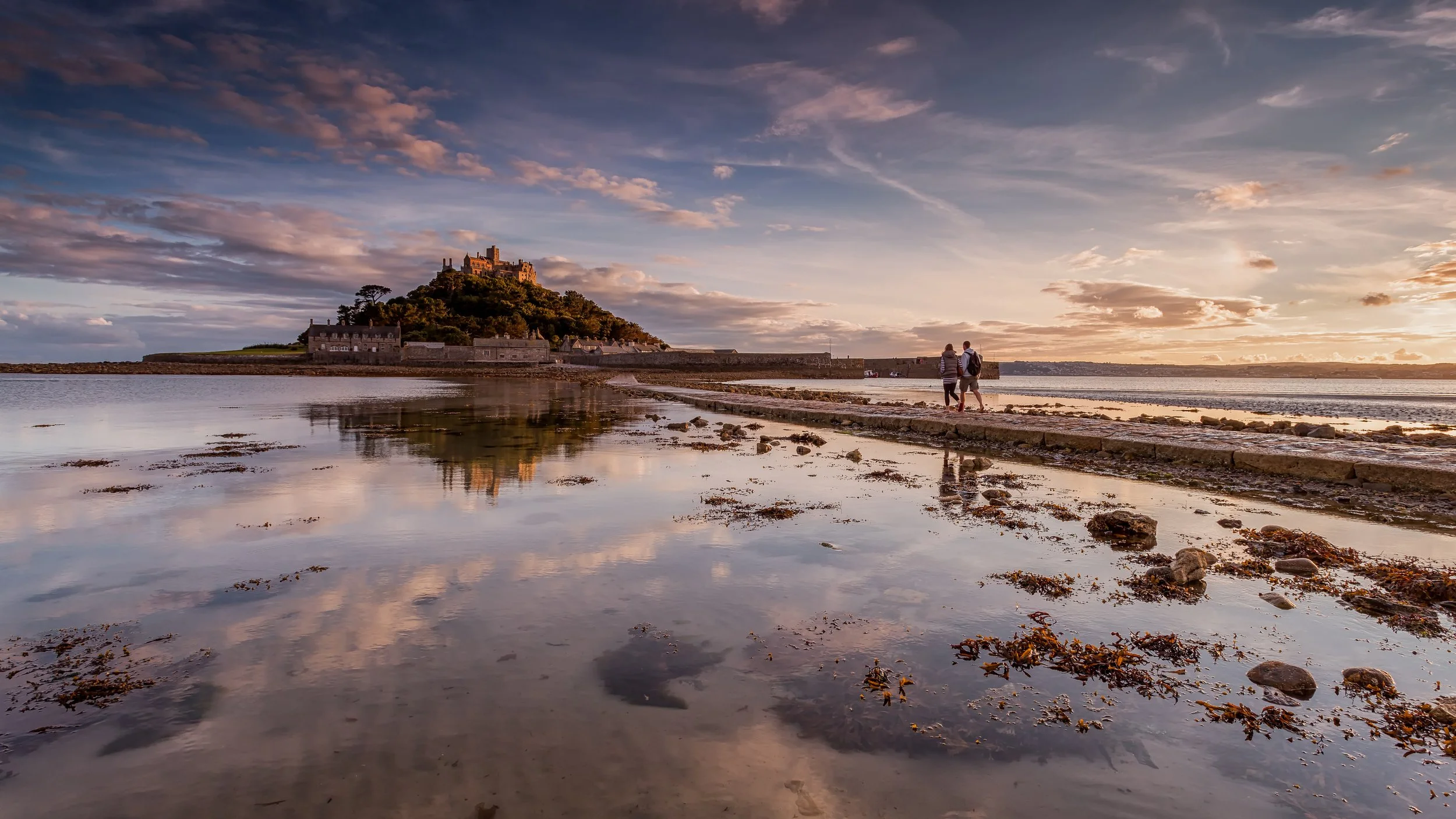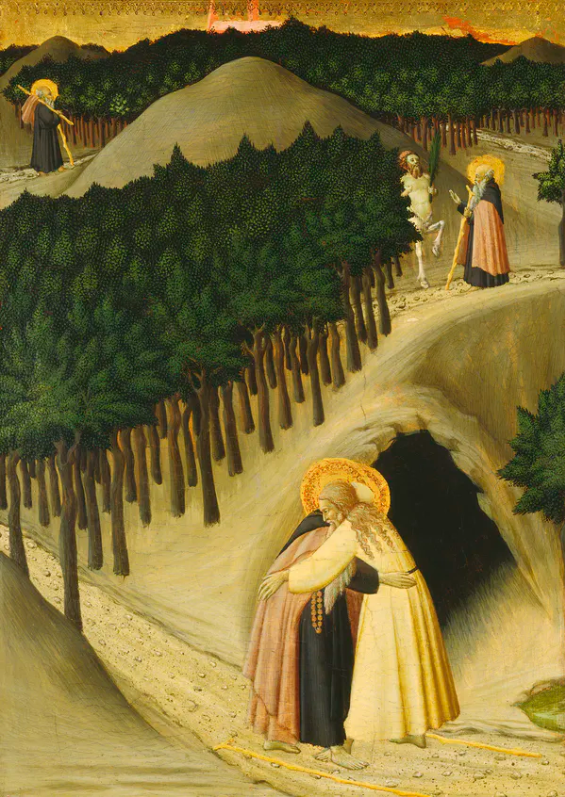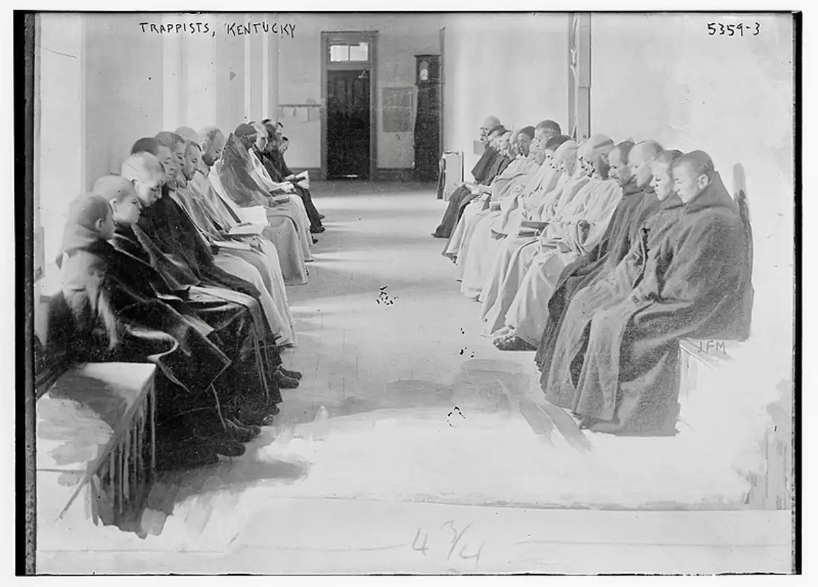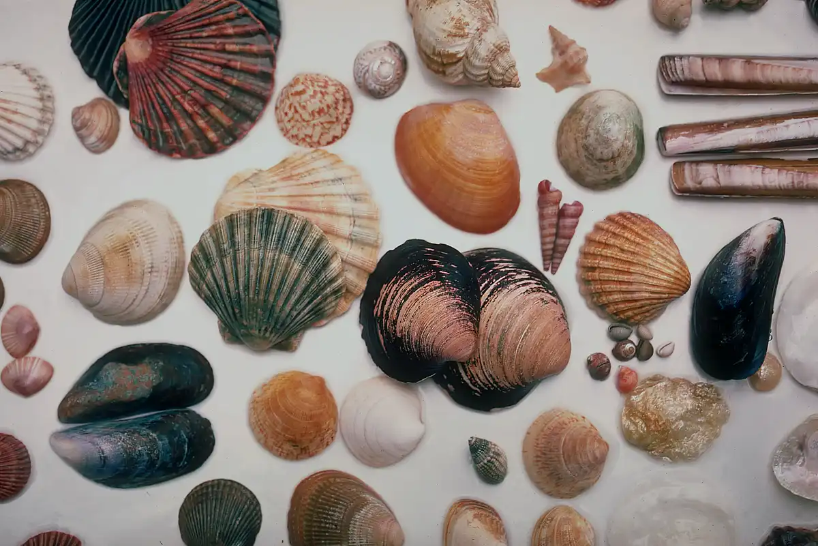From castles to coves, uncover destinations steeped in the mythological histories of Scotland and England.
Portree, Isle of Skye’s capital city. CC BY 3.0
Whether your knowledge of fairies comes from nostalgic childhood tales or the well-informed worldbuilding of Tolkein, much of the folklore that has made its way into the popular imagination is embedded deep within the rolling hills of Scotland and England.
While each country has its variations of the myth, taking a tour through the whimsical high grassed countryside and rocky shores is a great way to take in some awe-inspiring views and understand the magic embedded in these countries.
Scotland
Located off of Scotland's northwest coast, the Isle of Skye is full of picturesque villages, cliffed shores and quaint fishing towns. But rather than only enjoying the colorful coastal houses on Portree, the island's capital, extend your adventure and visit various sights around the island boasting mythical pedigrees.
Fairy Pools
A waterfall at the Fairy Pools on the Isle of Skye. CC BY 3.0
A waterfall phenomenon in Glen Brittle, the falls are surrounded by sky-capped mountains and boast aqua-blue waters of astonishing clarity. Some claim if you’re lucky, you may spot a fae or two amongst the willowing grasses and purple flowers; if not, the red deer, sheep, and rabbits inhabiting the area will have to suffice.
The pool's name comes from the local legend that claims a Clan McLeod Chief married a fairy Princess. Additionally, the pools are said to attract selkies, a group of mythical creatures that spend the day on the coast as seals and then enjoy the pools at night after transitioning to human form.
Despite their charm, the Fairy Pools feature some brutally cold water temperatures, although it may be worthwhile to take a dip; as locals say, holding your head underwater for seven seconds is enough to bless you with the gift of eternal youth.
From the capital city of Portree, the Fairy Pools are a 35-minute drive and can be accessed through various tours operating on the island or of your own volition. The Fairy Pools walk is a 1.5-mile, easy hike to the pools from the parking lot.
Dunvegan Castle and Gardens
The Dunvegan Castle. CC BY-NC-ND 2.0 DEED
Open from March 29 to October 15, the Dunvegan Castle and Gardens is a medieval fortress dating back to the 1200s. Occupied by the same family for the last 800 years, the Hebridean castle is home to a few pieces of myth. On the Dunvegan property, one can walk across Fairy Bridge while exploring the grounds and even see the Fairy Flag, which is housed in the Castle.
The Fairy Flag is the prized silk scarf woven in the 4th century AD, either in Syria or Rhodes, and is said to possess miraculous powers instrumental in MacLeod’s battle victories. While there are two points of origin, a fairy origin and a crusader origin, the Fairy Bridge and Tower versions give the flag roots in folklore.
The Fairy Tower myth tells the tale of a restless MacLeod chief’s baby who was comforted one night by a fairy. The Fairy Bridge myth relates to the previously mentioned story of the MacLeod Chief and Fairy Princess; the story goes that the two parted ways on Fairy Bridge at Dunvegan, and the banner was his gift.
An astounding horticultural destination, Dunvegan boasts multiple gardens and woodland trails. The landscape and fauna are a wonder unto themselves. The gardens also feature lily ponds, gazebos and rare artifacts, such as a 17th-century sundial.
Located a 30-minute drive from Portree, the castle makes for an excellent excursion when visiting Scotland. While the Dunvegan Castle and Gardens offers visitor tours daily and make for a great day trip, the property's five holiday cottages allow visitors to enjoy an enchanting multi-day stay on the secluded property.
Fairy Glen
The labyrinth and peak at Fairy Glen on the Isle of Skye. CC BY NC-2.0
Protruding from the surrounding farmlands, Fairy Glen is a geographical landscape formed by an ancient landslide. The craggy formations and valleys are blanketed by a lush layer of green and are rumored to be home to the fae.
Climbing up Fairy Glen’s peak or walking beneath the cover of moss-engulfed trees will make anyone feel like they are walking amongst the faeries. Be sure to stop and make a wish at the stone labyrinth when you are making your way through.
Fairy Glen is about a 25-minute drive from Portree, and various tours include this location as a stop. From the destination's parking lot there is a one-mile walking circuit that showcases the grounds, but feel free to adventure on your own and enjoy this majestic landscape.
England
On the rugged Southwestern tip of England, Cornwall is home to many of the country's mythical and folktales. Cornwall has its own variety of fairies, the Piskeys, a lively and mischievous people who originated from tales of a Pygmy race in Cornwall during the Neolithic period. More than just fairies, Cornwall is rumored to be home to mermaids, giants, and various King Arthur myths.
Sennen Cove
The coastline and surrounding shore at Sennen Cove. CC BY-SA 4.0 DEED.
England’s most westerly beach, Sennen Cove, is a white sand beach renowned for its excellent surfing conditions. In the early 20th century, American Anthropologist Walter Evan Wentz published "The Fairy Faith In Celtic Countries", conducting some of his research at Sennen Cove by speaking to locals about the dancing fairies. A study published at a similar time in the Journal of the Society for Psychic Research tells the story of Grace Penrose as written by E. Westlake. She speaks of miniature people in white dancing in the moonlight before being frightened and disappearing into a rock face along the shore.
To get to Sennen Cove, visitors can take a bus that leaves every two hours from Penzance or make the 20-minute drive themselves. Once at the Cove, you can enjoy Whitesands Bay, the stretch of white sand beach on the Cove’s coast. Overlooking the cove, stop at the Old Success Inn, a pub dating back to the 17th century, for lunch and drink. The Inn has a rich history in Sennen Cove and is rumored to be a site for mermaid sightings.
Elusive in nature, when visiting Sennen Cove, you may not stumble upon any fairies in the moonlight or catch a glimpse of mermaid tales ducking under the blue waves, but the Cove is perfect for a beach getaway anyway.
St. Michael’s Mount
The castle and causeway leading up to St. Michael’s Mount. CC BY-SA 3.0 DEED
A tidal island in Cornwall’s Mount Bay, St. Michael’s Mount is home to one of England’s most famous legends. Rumors of mermaids luring sailors to the island’s shores date as far back as 495 AD, but even more prominent is the Cornish tale of Jack the Giant Killer. With the island as his home, the evil Cormoran was defeated by none other than Jack after a long reign of terror. Per the legend, when visiting, be sure to hike up the mountain and around the island in search of the giant's missing stone heart.
Outside of folklore, the site is also a religious destination. Archangel Michael was rumored to have guided sailors to safety at the current location of the castle’s entry. Named after that patron saint of fishermen, St. Michael’s causeway allows travelers and pilgrims alike to walk from the mainland to the island during low tide.
To reach the island, walking over the causeway is one option; however, if it happens to be high tide, from March 29 to October 31 there are boats running from Marazion Beach to the island. Riddled with history, the castle, church and surrounding gardens offer a fusion of folk and faith, making Mount St. Michael a beautiful, enchanting destination on a Celtic fairytale tour.
Nicola is studying English Literature at George Washington University, where she also reports for the student newspaper, The Hatchet. Nicola's passion for literature and writing has sparked an interest in exploring the broader context surrounding written texts. Researching and writing for Catalyst Planet allows her to investigate nuanced issues that intersect with her interests in art history, culinary practices, and cultural traditions.
Nicola is studying English Literature at George Washington University, where she also reports for the student newspaper, The Hatchet. Nicola's passion for literature and writing has sparked an interest in exploring the broader context surrounding written texts. Researching and writing for Catalyst Planet allows her to investigate nuanced issues that intersect with her interests in art history, culinary practices, and cultural traditions.
Nicola is studying English Literature at George Washington University, where she also reports for the student newspaper, The Hatchet. Nicola's passion for literature and writing has sparked an interest in exploring the broader context surrounding written texts. Researching and writing for Catalyst Planet allows her to investigate nuanced issues that intersect with her interests in art history, culinary practices, and cultural traditions. Nicola is studying English Literature at George Washington University, where she also reports for the student newspaper, The Hatchet. Nicola's passion for literature and writing has sparked an interest in exploring the broader context surrounding written texts. Researching and writing for Catalyst Planet allows her to investigate nuanced issues that intersect with her interests in art history, culinary practices, and cultural traditions.
Nicola Degregorio
Nicola is studying English Literature at George Washington University, where she also reports for the student newspaper, The Hatchet. Nicola's passion for literature and writing has sparked an interest in exploring the broader context surrounding written texts. Researching and writing for Catalyst Planet allows her to investigate nuanced issues that intersect with her interests in art history, culinary practices, and cultural traditions.

